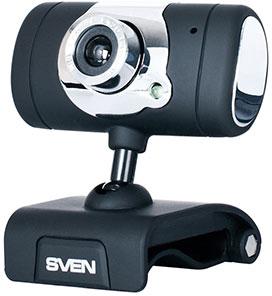A CMOS matrix is a device whose main function is to digitize certain parameters of light rays that have fallen on its surface. In modern photo and video equipment, two matrix standards are used: CMOS and CCD. This article compares these two technologies.
general information
So, the CCD matrix. This type was initially considered the most high-quality, but also more energy-consuming and expensive. The principle of operation of such devices is based on the collection of the whole picture in the analog version, followed by digitization. A CMOS matrix, unlike its competitor, digitizes each pixel individually.
Comparison of two technologies
CMOS devices were initially less energy-consuming and cheaper, especially when manufacturing large-sized devices, but they were inferior to CCD in quality. To this day, CCD-technologies are distinguished by a higher-quality image, they are used in various fields of science and industry, where the highest demands are placed on the quality of the image. For example, in medicine.
In recent years, this type of devices has significantly reduced energy consumption and cost, but also the CMOS matrix has significantly advanced in its development. For example, the image quality standard was improved and brought to a new level. Moreover, a technological revolution was made in the production of sensors based on CMOS technology, namely: a transistor amplifier was introduced for reading each pixel in the image. This allowed the conversion of charge to voltage directly at the point. Thanks to this, the CMOS matrix has become on a par with CCD technology. And now most modern devices are based on a CMOS-based device.
Advantages of CMOS Technology
To summarize the above, we can summarize the advantages of such devices. This is a low power consumption in static mode, low manufacturing cost (especially considering the large size of the CMOS matrix). Well, the most important advantage is the ability to deliver a finished digital signal that does not require additional conversions.
The use of CMOS-technologies in computer technology
Every user of modern computer equipment is daily confronted with a device such as a web camera. But few people know that it is based on the principle of CMOS technology.

Webcams use both separate functional devices and built-in ones, for example, in laptops. Such devices are designed to work with networked multimedia applications. The composition of the mentioned products includes: a lens, a matrix, a video capture card, an optical filter, an image compression unit, a processor, flash memory, a web server and a network interface. The matrix is the basis of any camcorder or camera. Indeed, the quality of the transmitted image will depend on the resolution of this device. Usually this parameter in webcams lies in the range from 0.1 to 2 megapixels. However, in most products it is 0.3 megapixels. Another indicator determining the webcam is the frame format. The most popular is the 1/4 CMOS matrix. There are other formats, but they are less common (for example, 1/3, 1/2, or 2/3 of an inch).